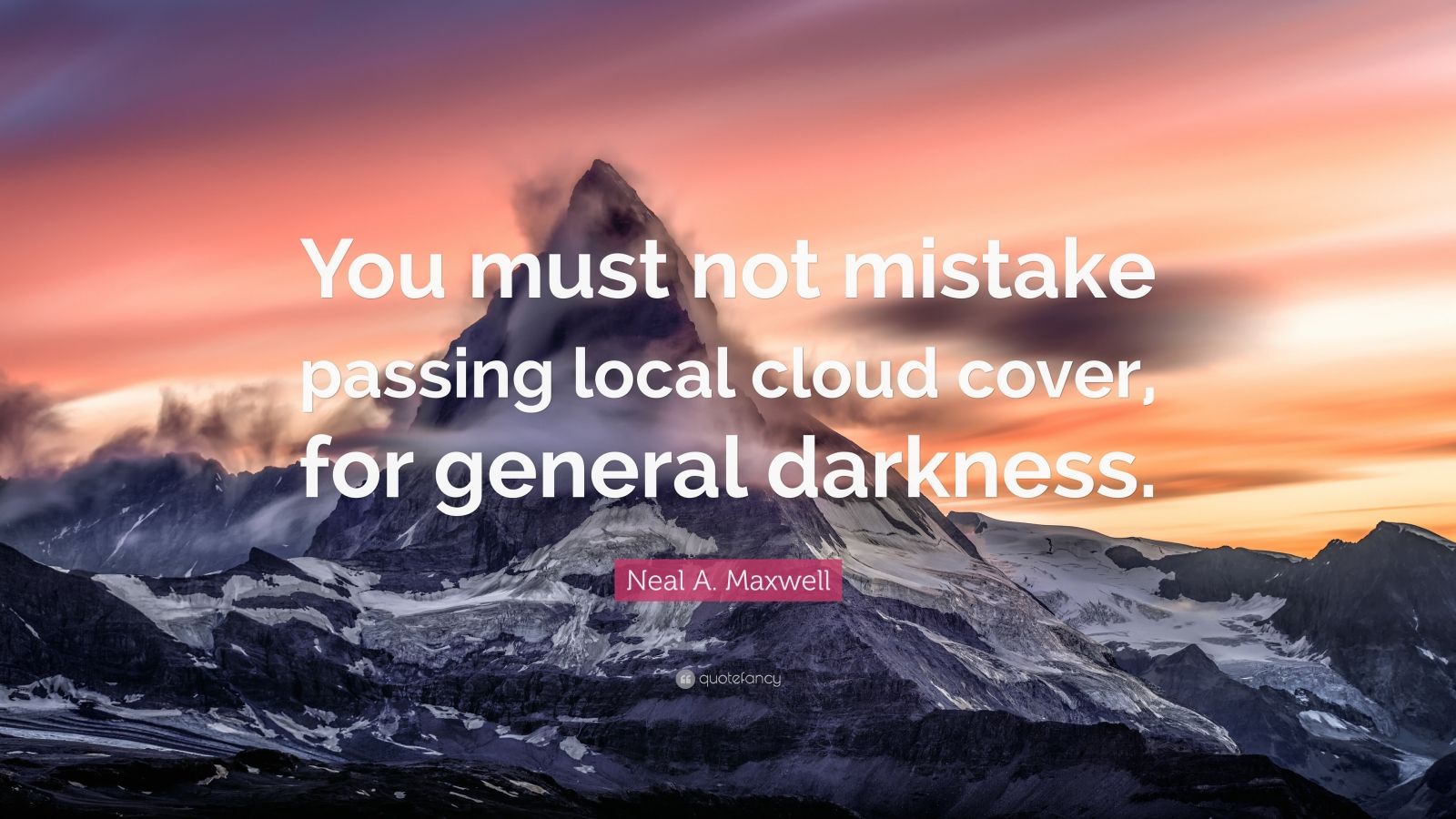
It most likely descends from the use of Sky imagery to portray a networked processing environment or the World Wide Web.A public cloud network offers computing services to the public and is generally owned by a huge company that offers cloud solutions. Instead, ground-based images have been used predominantly for analyzing local cloud status which can affect on estimation and prediction of solar irradiance. According to one aws consultant, it's very critical to comprehend where the phrase came from. While the top end Tier 2 package adds in hail and shear contouring (the latter necessary for tornado formation), as well as multi-platform use and a 30-day radar archive.īut even for just $9.99 for the app alone without the tiered options, the standard data is fantastic. However, to analyze local cloud environment, which is a much smaller area and changing rapidly, using the images from the satellite are unrealistic, costly, and slow. Stepping up to the Pro Tier 1 subscription for $9.99 per year gets you longer animations and lightning data (a must for outdoor enthusiasts), dual pane capability, and inspection tools. You have access to every single radar product that the pros do, at practically the same time they see them-along with up to the minute warning information.
LOCAL CLOUD COVER ANDROID
Available on Android and iOS for $9.99 and Windows or Mac for $29.99, this app is one of the quickest updating around.


If none of the above weather apps have what you’re looking for, and you’re willing to spend money on a quality professional weather radar app or website that storm chasers use, hands down our top recommendation is RadarScope.


 0 kommentar(er)
0 kommentar(er)
